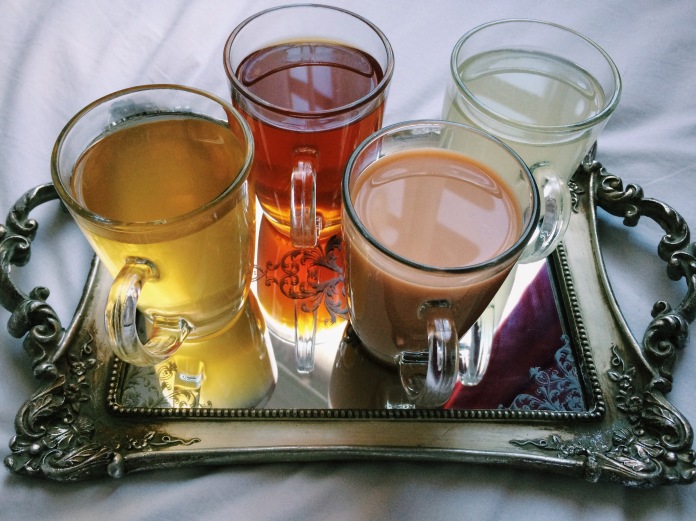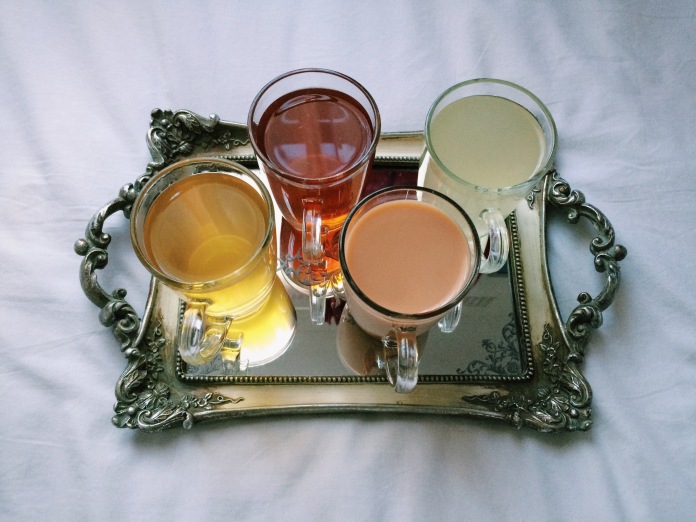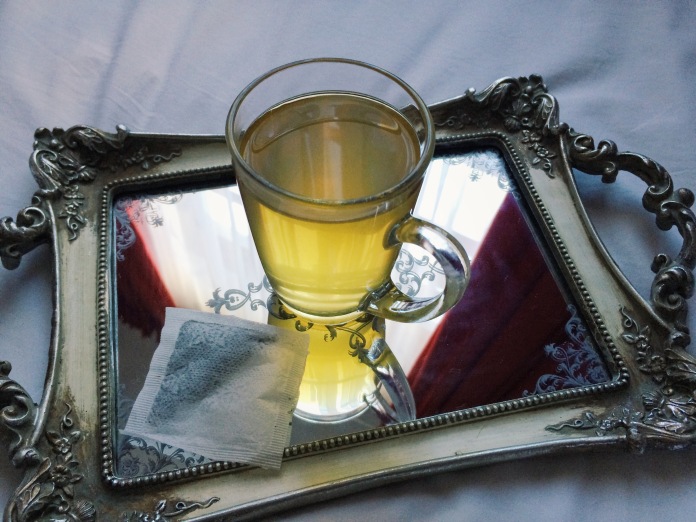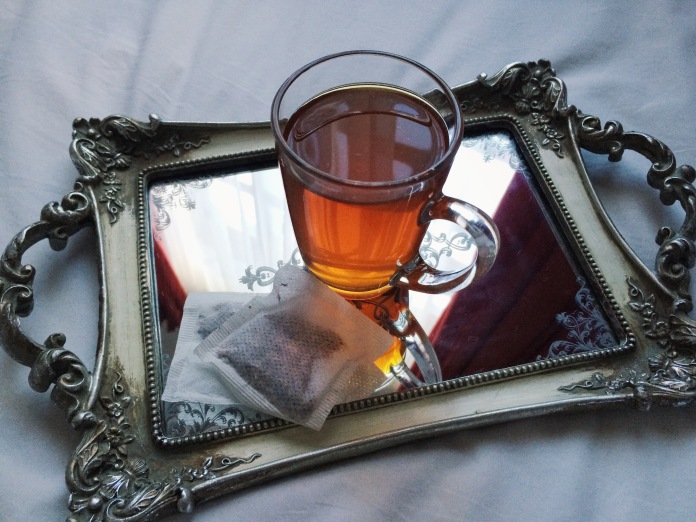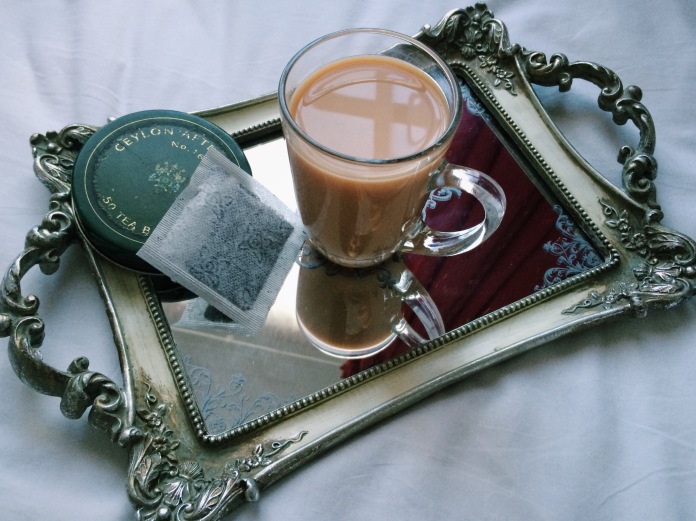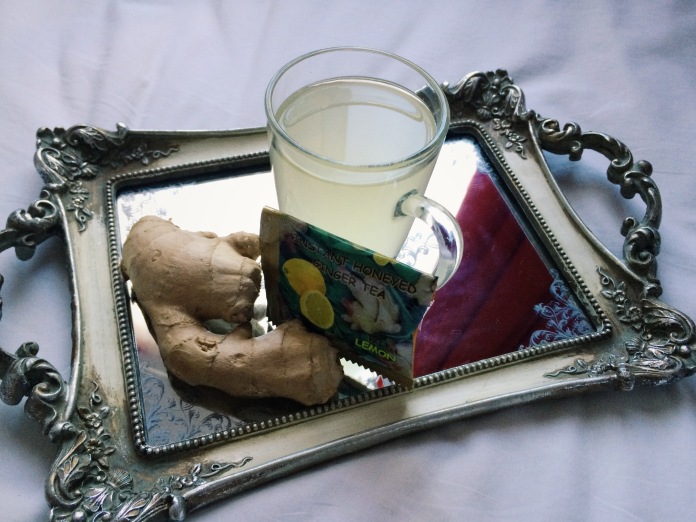Curry and chutney and stews hot with chillies,
Paprika and cumin and chicken tandoori,
Jeera, koljana, turmeric, anise,
These are the spices; my taste buds, they please
Well, they do this, and so much more.
Picture a young Julie Andrews frolicking across the hills of Salzburg, Austria, singing sweet melodies in ode to her crisp apple strudel that is alive with the flavour of nutmeg. Not really as lyrically viable as the original, but you get where I’m going with this. Spices give food a sense of musicality. They enhance flavour and provide aroma, like music can enhance sound and provide feeling. Writing this, I bite into a deliciously warm warm-water koekie (like a churro bite, essentially) coated in sweet cinnamon sugar. Hearing the gentle singing of birds outside in the light of the setting sun, I sip from a steaming cup of masala spiced tea, tasting the beautifully fragrant notes of cardamom, cinnamon and anise dance on my tongue. This isn’t necessarily the conventional way of consuming spices, but, oh, it’s a good’un.
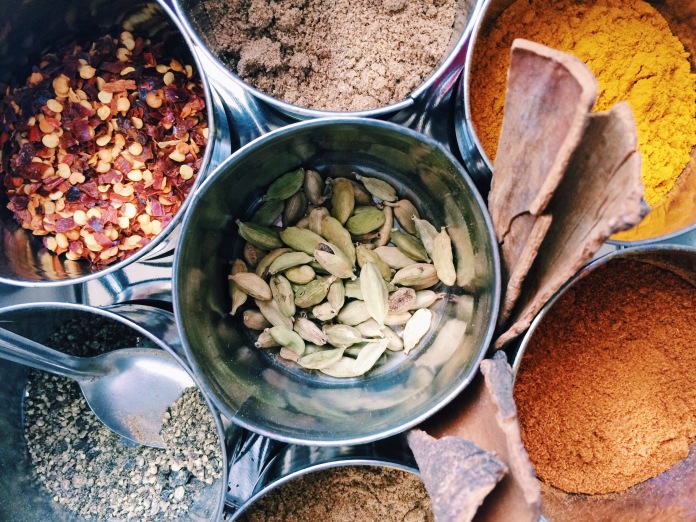
Shiehaam Triegaardt’s Masala Dabba (stainless steel spice holder). Captured are chilli flakes, ground coriander, turmeric, paprika, ground cumin, ground black pepper, cardamom pods and cinnamon sticks. Photographed by me at Triegaardt’s home.
Throughout history, herbs and spices have been used primarily for their health benefits and medicinal values. Hunter gatherers used to wrap their meat in bush leaves, later discovering that this also enhanced the flavour of the meat while also masking undesirable smells, tastes and keeping the meat fresh. In Ancient Egypt, coriander, juniper, cumin, fennel, garlic and thyme were classified as “health promoting spices”. Ancient Indian medical writings saw the use of aromatic herbs and spices such as cinnamon, cardamom, turmeric and ginger as having healing properties. European apothecaries of the Middle Ages used Asian spices such as cinnamon, cardamom, ginger, pepper, saffron and garden herbs to make concoctions and remedies. Fast forward to today, and spices are mostly known solely for their flavours and colours by the average individual. SpiceMecca says, “the majority of people are not aware of most of the health benefits of spices”.
This being said, both SpiceMecca and Shiehaam Triegaardt from 1964 Bakery have also noticed that a lot more people are buying spices because more and more people are leaning towards the natural products for health reasons. Shiehaam says, “A lot of prescription medicines have side-effects. With spices, everything’s natural and safe.” When asked whether she ever uses spices in her cooking not only for their flavour, Shiehaam said, “[The health benefits of spices] is the one thing that makes me want to cook curry… I always think, at the back of my mind, ‘this is actually healthy’. I don’t like to cook unhealthily.” Shiehaam’s business mainly comprises cake and biscuit orders and catering for smaller corporate events. At home, she often cooks curry for her family, “I like to use a variety of spices all with a lot of health benefits.” The self-taught cook’s go-to selection of spices includes jeera (cumin), koljana (coriander), cardamom, garlic, ginger, chilli flakes, cayenne pepper, ground black pepper, turmeric and red leaf masala. She says, “I have a draw filled with about 30 spices”.
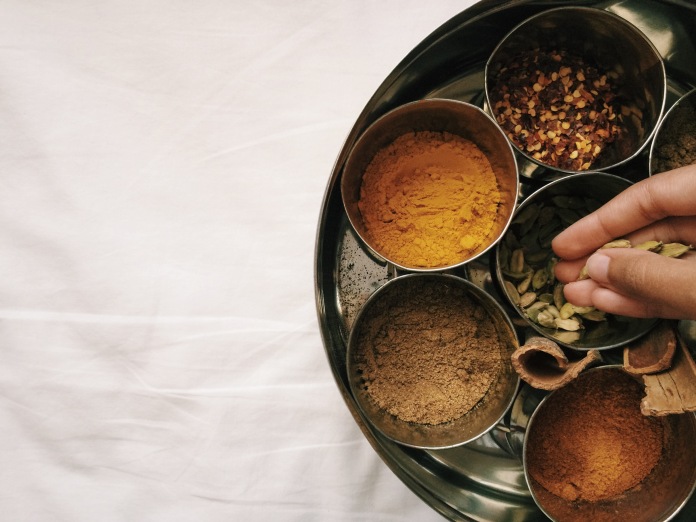
Anti-clockwise from top: chilli flakes, turmeric, ground coriander, paprika, whole cinnamon sticks, cardamom pods. Captured by me at Shiehaam Triegaardt’s home.
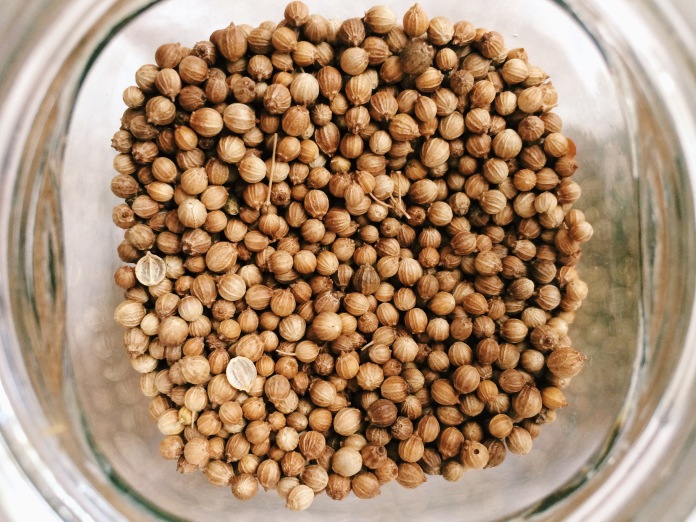
Whole coriander seeds – one of many spices from Shiehaam’s vast collection. Captured by me.
When the cold bites,
When the eyes sting,
When I’m feeling bad…
Shiehaam often reaches for natural products like spices when she’s under the weather, specifically a ginger tea which she makes with grated ginger, honey and hot water. She says, “I find it very refreshing and therapeutic”. She also uses cinnamon to lower her blood sugar saying, “I’m diabetic, my sugar levels go out of kilter. I take half a teaspoon of ground cinnamon in a cup of boiling water and I drink that. It brings the sugar levels down.” Shiehaam will often also put whole cinnamon sticks in her curries or rice dishes. Not only do they give a subtle sweetness to the food, but “cinnamon is a terrific anti-inflammatory”. This being said, Shiehaam also expressed that although she may drink ginger or cinnamon drinks solely for their health benefits, she won’t add specific spices to her cooking just because they have anti-inflammatory properties, lower cholesterol, or have anti-carcinogenic properties. She says, “I just try to use a variety of spices that all have different health benefits”.
Using natural ingredients to promote health is clearly no new phenomenon. It comes as no surprise that Goop, the food and lifestyle mind-child of Gwyneth Paltrow, in all it’s pretentiousness, does exactly this. The site’s recipe for a Ginger and Turmeric Latte, written in conjunction with a piece about having good skin, is a perfect example of using spices not just for their flavour. Turmeric and ginger, like cinnamon, hold immense anti-inflammatory properties which inherently have good effects on your skin and help with muscle recovery, says SpiceMecca. Originating from south-west India and commonly used in savoury foods like curries, chilli bites, and even scrambled eggs, turmeric is known for its vibrant yellow colour and slight bitter flavour. Recently, it seems like the world is realising these benefits of turmeric and hopping onto the turmeric bandwagon. The Economic Times India says, as of March this year, there has been an increased demand for turmeric, “[Turmeric] is increasingly sought after for its nutraceutical properties”. Natalie, a Drama student from the University of Cape Town and an innovative home-cook, makes a “flu fighter tea” from water, lemon juice, cinnamon, fresh ginger, cloves, turmeric, cayenne pepper and honey. The tea gives her an immune boost when she needs it, “whenever I feel sick, I make it and you feel better the next day.”
I simply remember my turmeric tea, and then I don’t feel so bad
With their plentiful health promoting properties and versatility, spices can revolutionise daily nutrition. The next time you make some scrambled eggs, throw in some turmeric for extra antioxidants and anti-inflammatories. Add some chilli powder to your dinner for some heat and a metabolism boost. Whichever spices you use, be adventurous and allow them to make your food sing. Next thing you know; they’ll be some of your favourite things.


